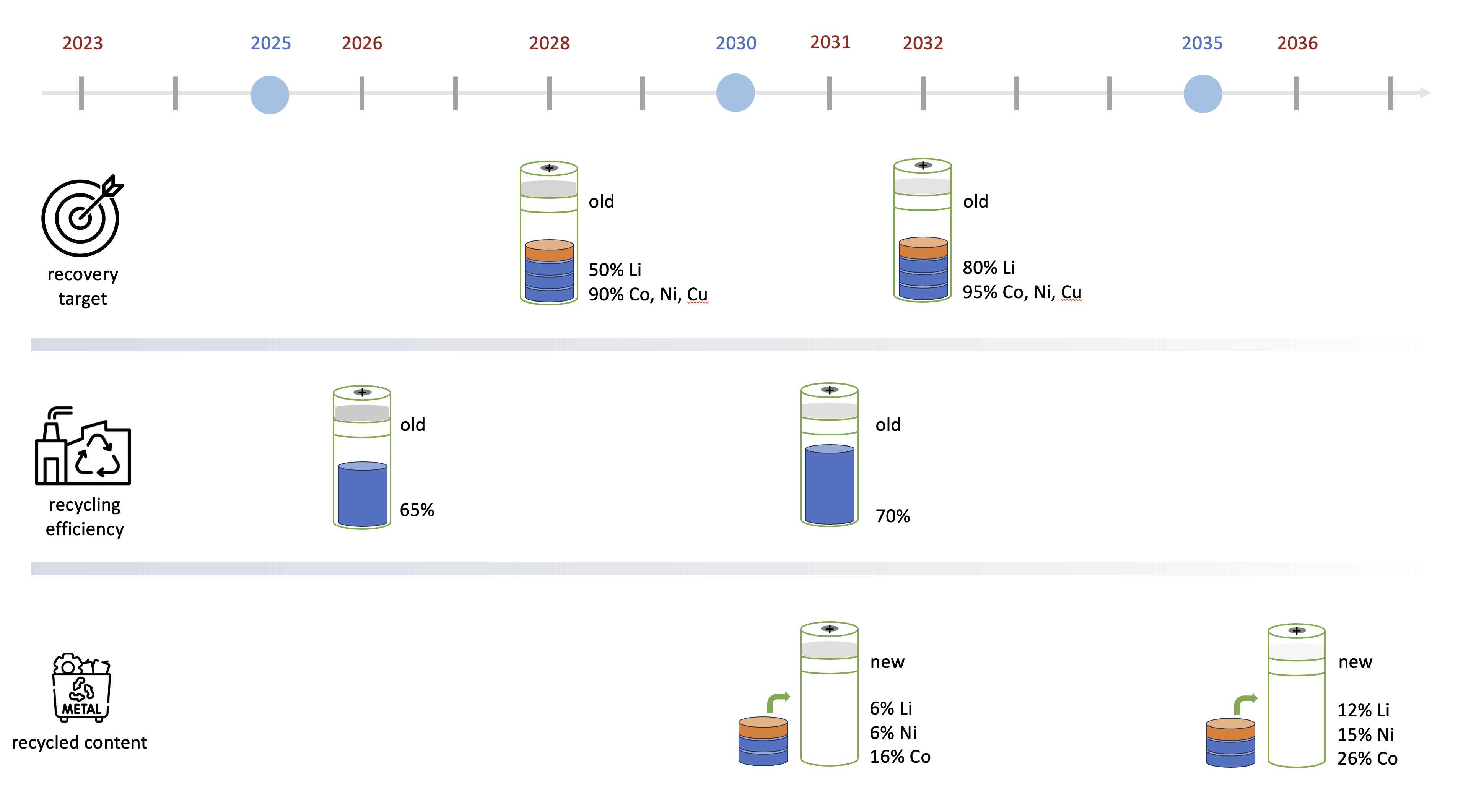Legislation on waste, waste transportation and disposal of waste has legal effectiveness worldwide as well as national or regional. Different regulations, conventions and laws are implemented and make transboundary movement of waste to a complex field of knowledge.
UN United Nations
Relating to battery recycling and transportation, UN is regulating two fields of law:
GHS (Globally Harmonized System of Classification, Labelling and Packaging of Chemicals) – a regulation which harmonizes classification and labelling of chemicals, to be published in standardized Material Data Safety Sheets. It is transposed to European Law (EC/1272/2008) and consequently classifies a waste as hazardous or non hazardous. Additionally it gives guideline how to package and label these wastes.
UNECE (United Nations Economic Commission for Europe and Executive Committee) This UN suborganisation implements regulations on Road (ADR) and Water transportation (ADN) of dangerous goods. It gives guidance how to package and transport goods and waste if they imply dangerous physical and chemical characteristics.
Basel Convention
“Basel Convention on the Control of Transboundary Movements of Hazardous Wastes and their Disposal” is a multinational agreement which comes in force on those states, having signed the convention to conduct transboundary movement of waste according to specific rules. It provides minimum information to waste generator, consignee and involved authorities about kind of waste, treatment and final disposal.
Basel Convention
European Law
EC/1013/2006 Regulation on shipment of waste
Waste ShipmentThis regulation has direct effectiveness to all European countries and is based on Basel Convention. Stakeholders are instructed by additional detailed information on waste shipment and responsibilities.
EC/66/2006 Directive on waste batteries and accumulators
Battery RegulationREGULATION (EU) 2023/1542 of 12 July 2023 concerning batteries and waste batteries, amending Directive 2008/98/EC and Regulation (EU) 2019/1020 and repealing Directive 2006/66/EC
It is formulated in many aspects as minimum requirements along the whole battery life cycyle and is valid in the same way in all 27 memberstates. Sub-legislation sets out the details of implementation. Major aspects concerning battery recylcing are:
- The collection of waste batteries must meet stricter targets: portable batteries 45% by 2023 (63% by 2027, 73% by 2030). A rate of 51% by2028 and 61% by 2031 is planned for batteries for light vehicles (MLT).
- The recycling of used batteries requires quotas of: Lithium 50% by 2027 (80% by 2031); Cobalt, Copper, Lead and Nickel 90% by 2027 (95% by 2031)
- A minimum content of recycled material is intended for use in new batteries (also to be taken into account: waste from battery production, but no portable batteries <2kWh))
- From 18.08.2031: 16% for Cobalt, 85% for Lead, 6% for Lithium and 6% for Nickel
- From 18.08.2036: 26% for Cobalt, 85% for Lead, 12% for Lithium and 15% for Nickel


